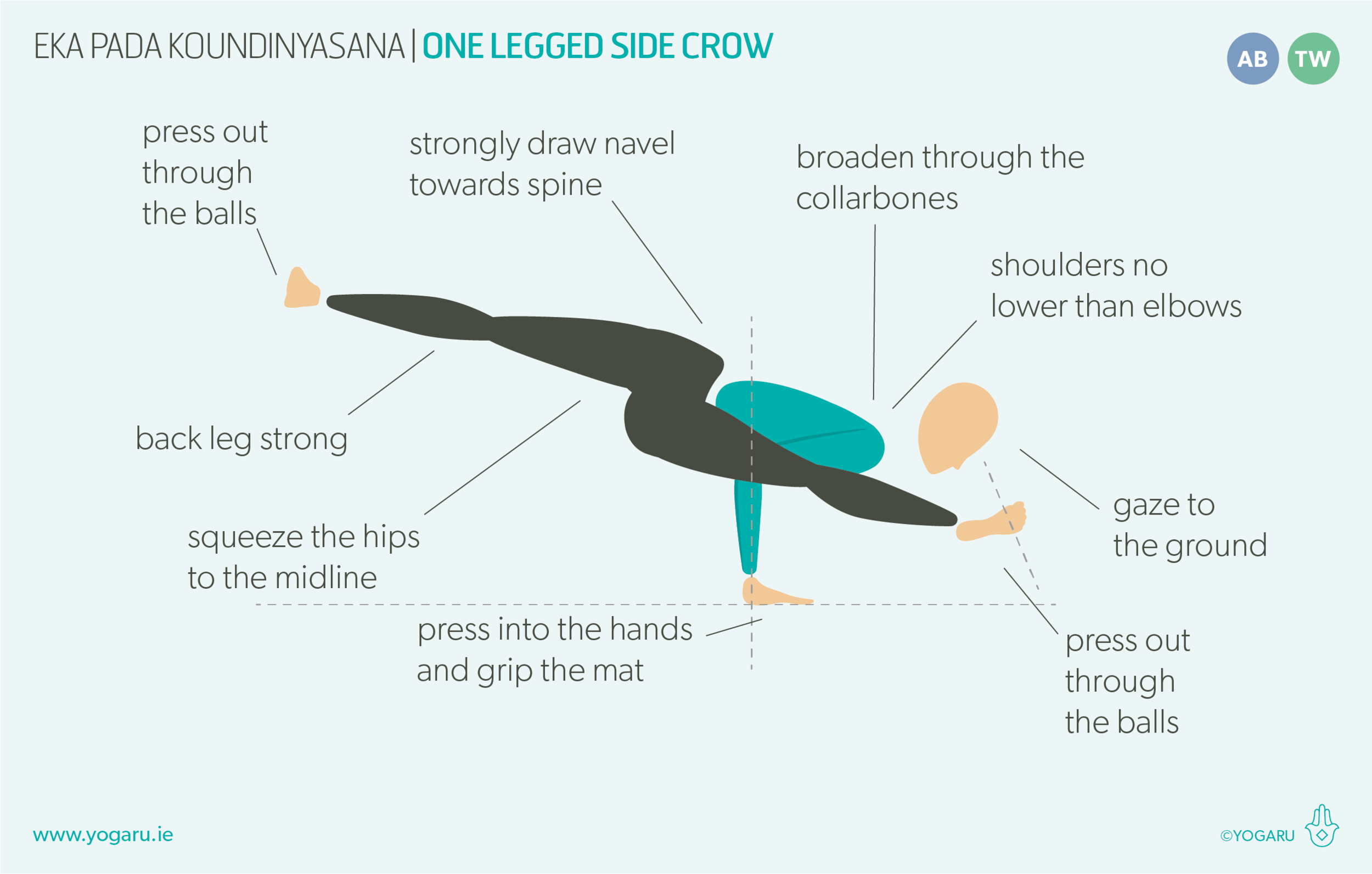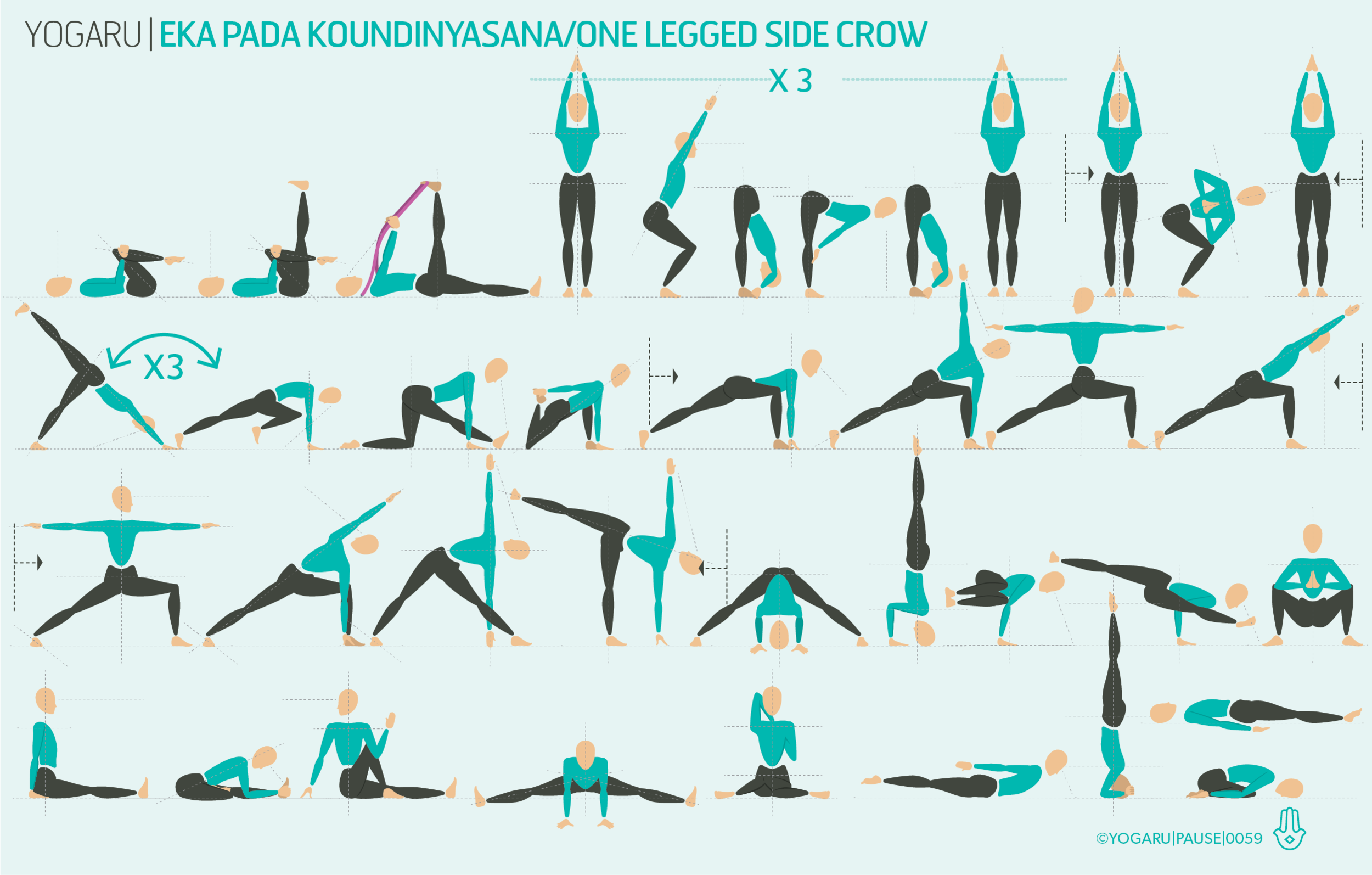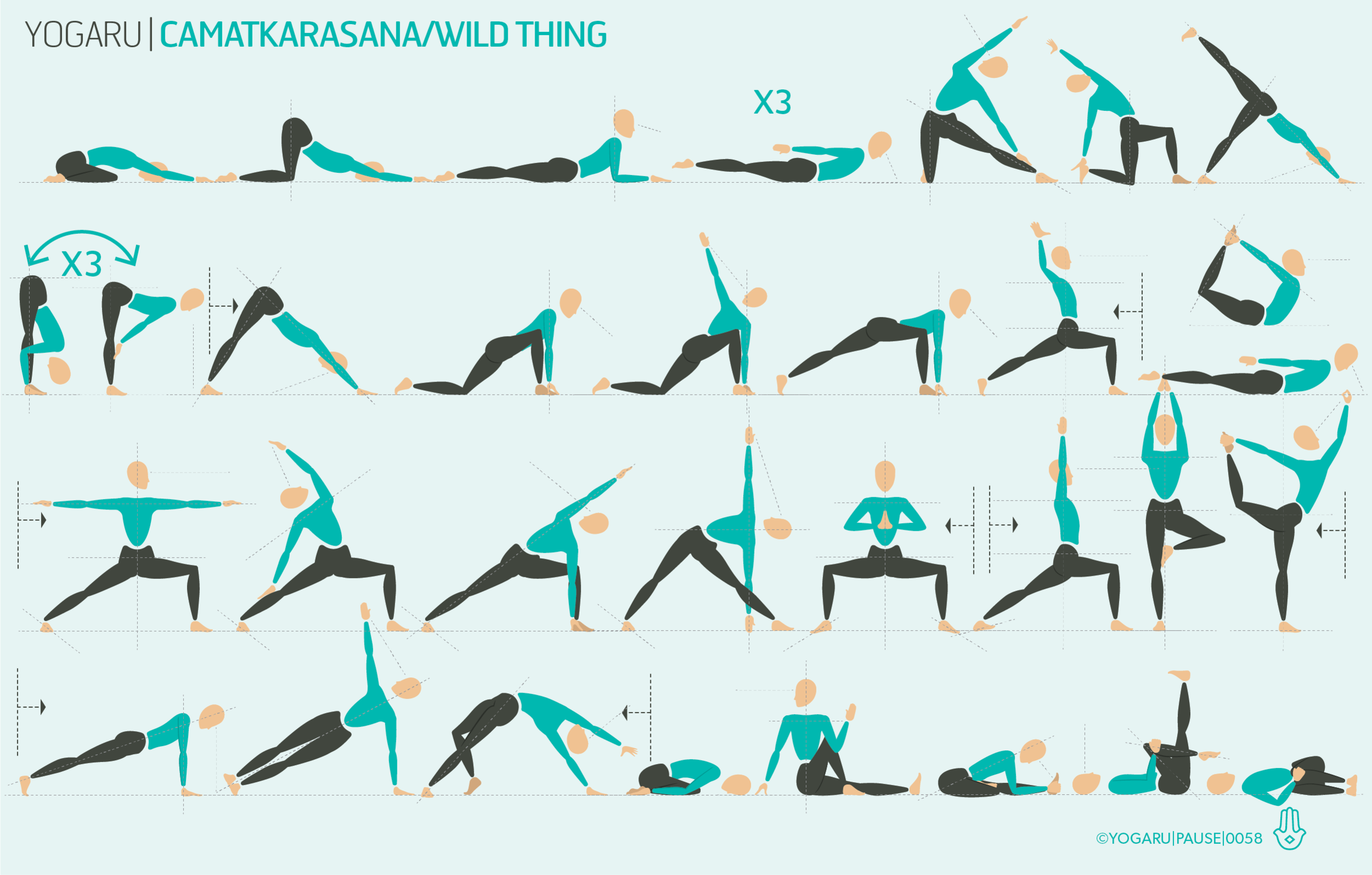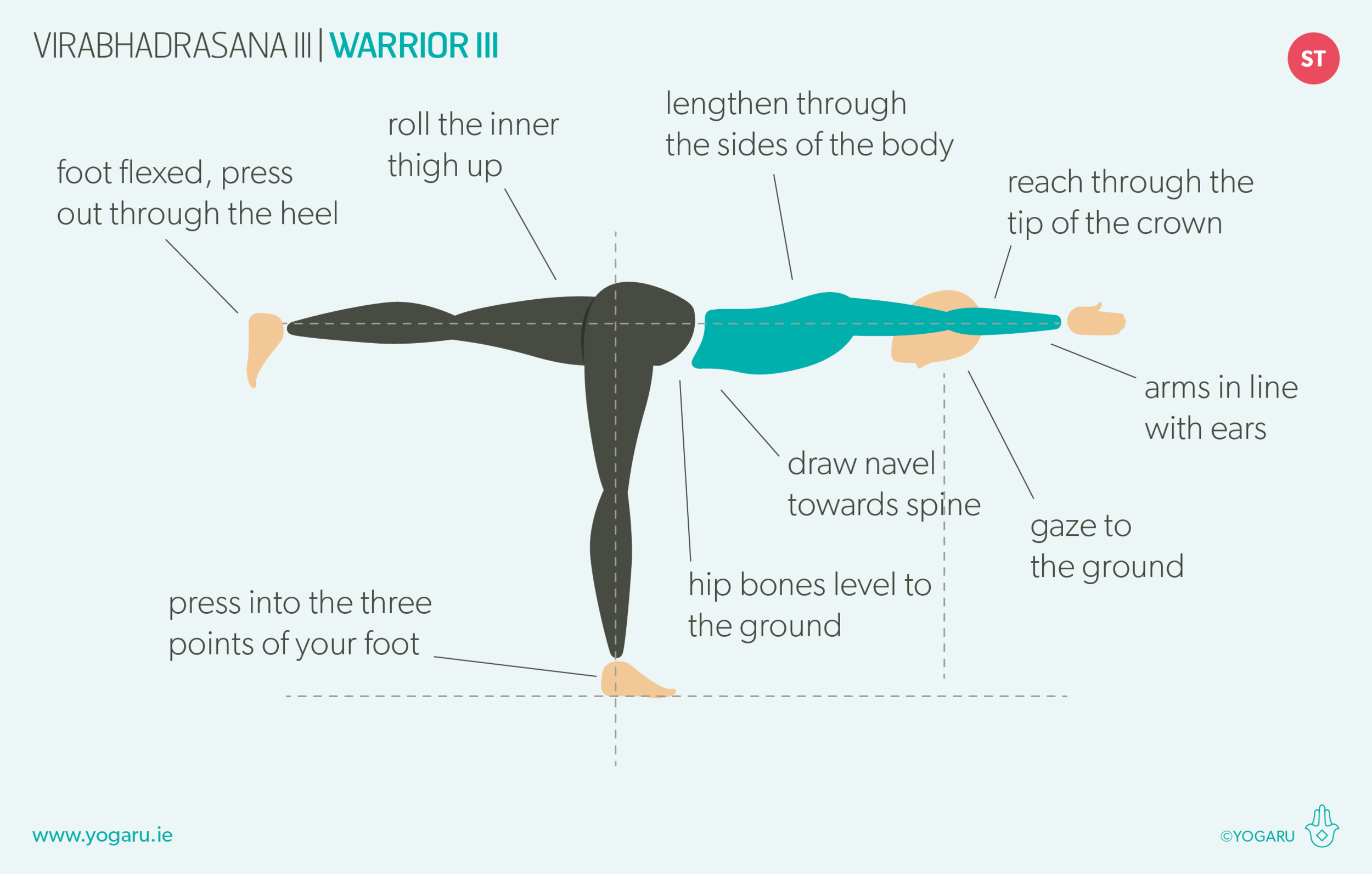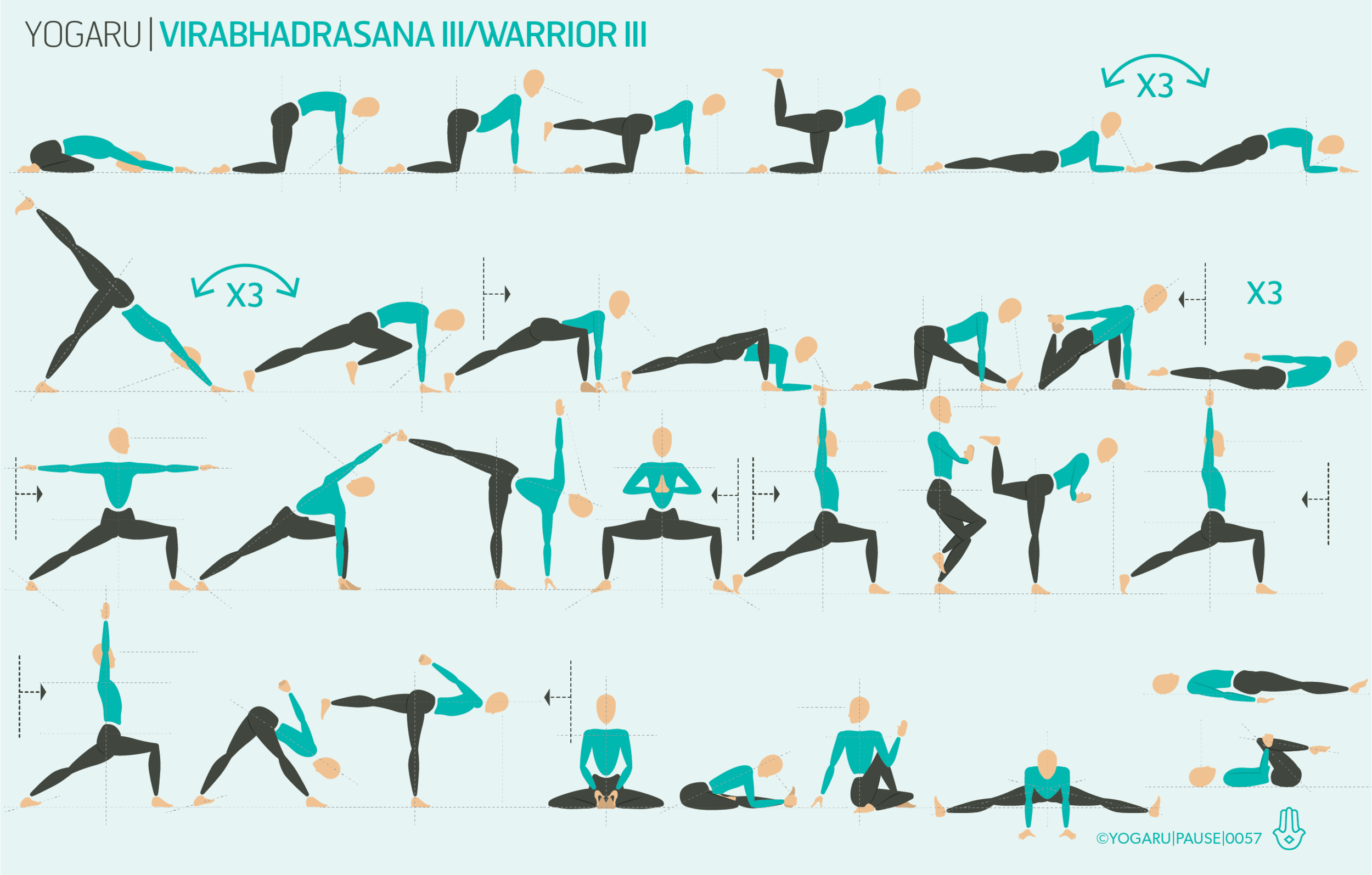HOME PRACTICE TO SUIT YOUR NEEDS
While writing an article for Wellfest on demystifying Crow, it reminded me how much I love to play around with arm balances in my home practice. Most weeks my practice centers around sequencing classes – ready to teach and write up the accompanying blog post for my students. This week I’m enjoying being light on classes, which has given me the opportunity to go deep into my own practice and really explore what poses I love, and what poses challenge me. There is nothing better than starting the day with a home practice that is exactly what you need for that particular day. This week I’m working on my arm balances. They tick both boxes – they are poses that I love and find challenging at the same time. Arm balances build focus, heat, strength and stamina. They are great for building self confidence when you manage to lift those toes for the first time; and teach you humility if you’re having a day when the feet just won’t budge off the ground. Your practice is not about ticking off poses as you ‘master’ them, it’s about revisiting the poses that sit well with you to find comfort in them, and practicing poses that challenge you physically and emotionally in order to tackle life off the mat too.
THE BENEFITS OF EKA PADA KOUNDINYASANA/ONE LEGGED SIDE CROW
If you’ve read a few of my previous sequence articles you’ll have noticed I’m all about gut health. Eka Pada Koundinyasana/One Legged Side Crow is also a twist which aids healthy digestion, detoxification and optimal elimination – and with a happy gut comes a happy immune system. They also ease stress, tension and anxiety. If you are feeling wound up, wind yourself up in a twist – the compression and massages the organs, and on releasing the twist you feel a loosening of the physical and emotional tension as the fresh oxygenated blood flows back into all the organs, and triggers the rest and restore parasympathetic nervous system.
EXPLORING EKA PADA KOUNDINYASANA/ONE LEGGED SIDE CROW IN YOUR PRACTICE
As you flow through your practice pay particular attention to your twists. Feel into the muscles that work to twist the body as they strengthen and stretch. The arm balances start with Tripod Headstand, if it is not part of your practice, skip it and go straight to Parsva Bakasana/Side Crow. If you’re finding it hard to lift up try placing your right hip on your right elbow, and your right knee on your left elbow – so that the body weight is being distributed on both elbows rather than just on your left elbow. Unlike our feet, the wrists were not made to carry full body weight, so be kind to them – rest in Balasana/Child’s Pose between Parsva Bakasana/Side Crow and Eka Pada Koundinyasana/One Legged Side Crow if your wrists need a break.
ALIGNMENT CUES
The sequence is designed to warm up the core, strengthen the shoulders and wake up the hip flexors. Move slowly through the sequence and let the body warm up and be ready to play with your peak poses.
Print out the below tips, along with the sequence, and give arm balances a go with fresh eyes:
From Malasana, with feet together, twist to your right, place your hands on the ground to the right of your feet a little wider than shoulder width, fingers facing away from the legs
Bend your elbows and place your left elbow above your right knee.
Strongly draw your navel towards your spine, round your upper back. Lean to your right side, shift your weight into your hands.
Exhale, lift your feet stretch your right leg out to your left parallel to the ground, reach your left leg out behind you and press out through balls of both feet, gaze slightly forward.
Some days I’m not at my most elegant in my arm balances but it’s important to remember it’s how they make your feel inside that matters.
To save the images for personal use click and hold down the image until the ‘save image’ option appears; on Mac hold down ‘control’ and click the image to get the option box; on PC right click on the image to get the option box. Scroll down in the ‘option box’ and click ‘save image’.
Ruth Delahunty Yogaru


